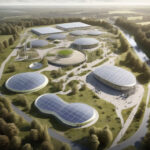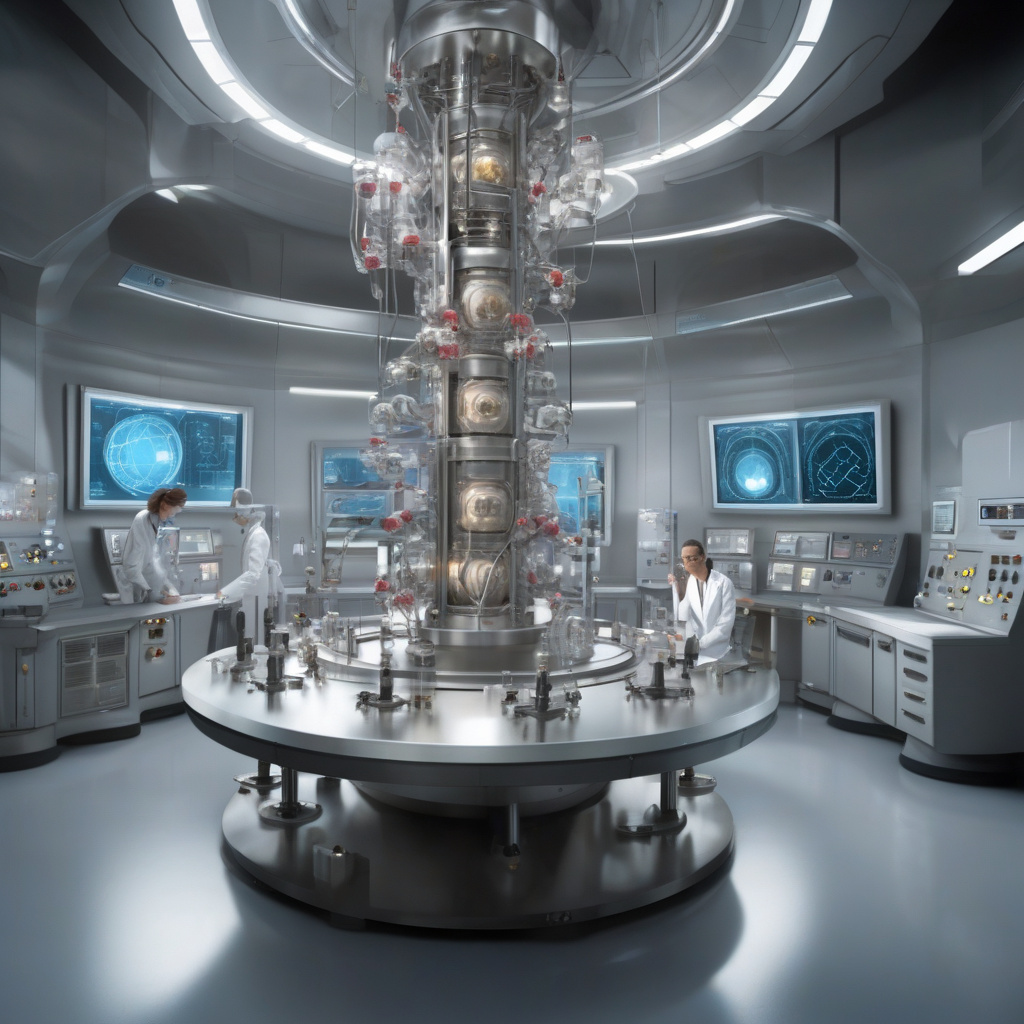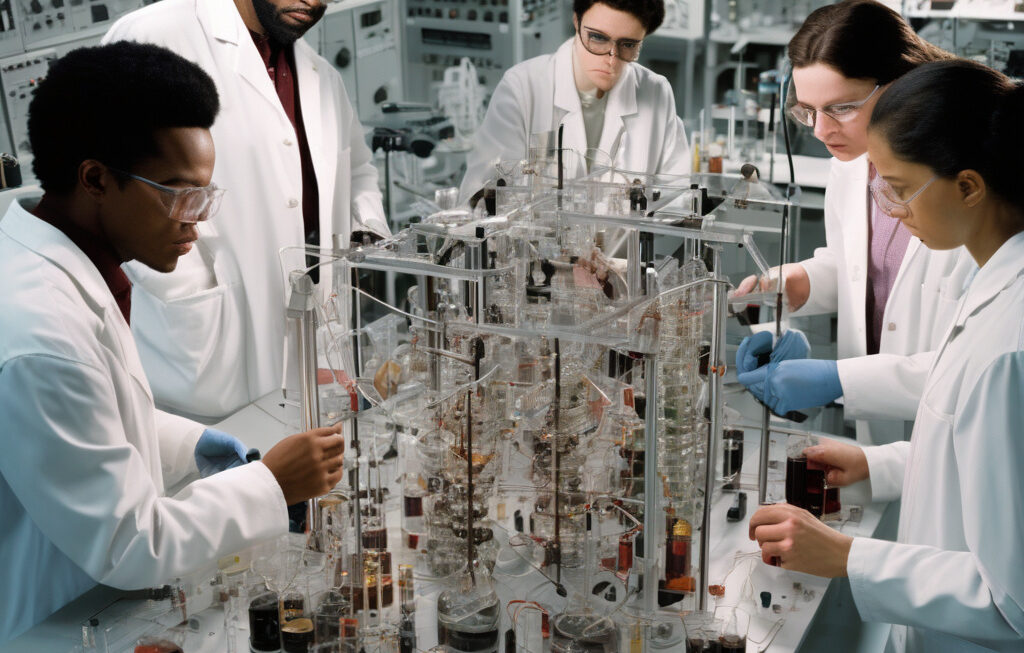Nuclear Fusion Reaction Rates See 15% Boost from Bench-Top Room Temperature Reactor
Scientists at the University of British Columbia (UBC) have developed a method to increase fusion reaction rates by a staggering 15% using a bench-top room temperature reactor. This groundbreaking achievement marks a significant leap forward in the field of nuclear fusion, offering promising solutions to the world’s energy crisis.
Nuclear fusion is the process that powers the sun and stars, where light atomic nuclei fuse together to form heavier nuclei, releasing a tremendous amount of energy in the process. Despite its potential as a clean and virtually limitless energy source, scientists have long struggled to replicate this process on Earth in a practical and sustainable manner.
The team at UBC has made a remarkable breakthrough by enhancing fusion reaction rates in a compact, room temperature reactor. This novel approach eliminates the need for costly and complex high-temperature systems, paving the way for a more efficient and accessible fusion technology.
One of the key innovations behind this achievement is the utilization of advanced plasma confinement techniques. By effectively containing and manipulating the plasma—the superheated gas where fusion reactions occur—the researchers were able to significantly boost reaction rates and overall energy output.
Moreover, the bench-top design of the reactor offers scalability and versatility, making it easier to adapt and implement in various settings. This versatility is crucial for the widespread adoption of fusion technology, as it allows for integration into existing energy infrastructure with minimal modifications.
The implications of this breakthrough are far-reaching. With the global demand for clean energy on the rise, nuclear fusion presents a viable solution to reduce reliance on fossil fuels and mitigate the impact of climate change. By improving fusion reaction rates and efficiency, the UBC team has brought us one step closer to realizing the full potential of this revolutionary energy source.
In addition to its environmental benefits, fusion energy also holds economic promise. The development of compact, room temperature reactors opens up new opportunities for commercialization and industrial applications. From powering cities to driving technological innovations, the impact of fusion technology extends beyond energy production alone.
As we look to the future, collaborations between academia, industry, and government will be essential to further advance nuclear fusion research and development. By sharing knowledge and resources, we can accelerate progress in this field and bring sustainable, clean energy solutions to fruition.
The breakthrough achieved by the scientists at UBC underscores the power of innovation and collaboration in tackling complex global challenges. With continued support and investment, nuclear fusion technology holds the potential to revolutionize the way we harness and utilize energy for generations to come.
In conclusion, the 15% boost in fusion reaction rates from the bench-top room temperature reactor developed at UBC represents a significant milestone in the journey towards practical fusion energy. By overcoming key technical barriers and demonstrating tangible progress, this achievement renews hope for a cleaner, brighter energy future.
fusionenergy, cleanenergy, nuclearfusion, UBCresearch, sustainablefuture












